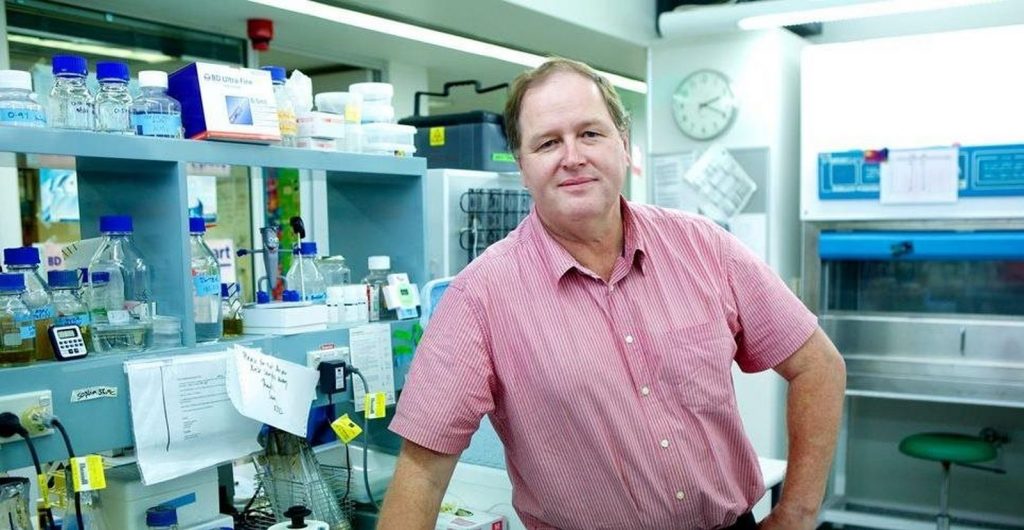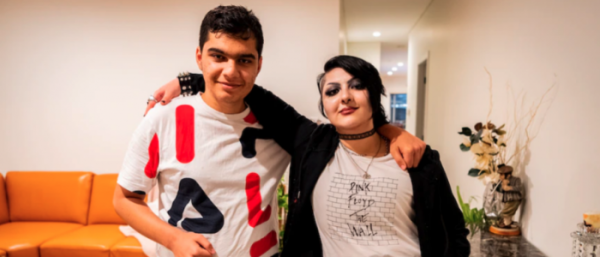NSW set for golden age of novel therapies
With a $30 billion annual budget, 228 hospitals, and a host of expertise in universities and medical research institutions, NSW has a strong history of clinical research and an advanced and interconnected ecosystem of researchers, institutions and clinicians developing the next range of therapies.
NSW is primed and ready to seize opportunities arising from the advent of a “golden age” of highly personalised medicine and advanced therapeutics. The state’s world-leading health system and international reputation for scientific development in medicine is likely to result in NSW developing or participating in a major proportion of the exponential number of global clinical trials that will need to be conducted, bringing benefits to industry, researchers, clinicians and patients in NSW.
“Advanced therapeutics involves the ability to target things at the genomic level, including new treatments such as gene, RNA and phage therapies,” says Dr Laura Collie, NSW Health’s Senior Medical Advisor at the Office for Health and Medical Research. “We’re at the forefront in some of these areas because a lot of world-leading preclinical research here has focused on how you get a drug to the specific place you want it – viral vectors, polymers, different ways of getting it inside the cell and where it needs to be.”
Professor Ian Alexander, Head of the Gene Therapy Research Unit, Sydney Children’s Hospital Network and Children’s Medical Research Institute, has seen gene therapies develop rapidly over the past 30 years, and says NSW is ready for “the full therapeutic power of the genomic revolution”.

“For a long time the possibility of gene therapeutics was very limited, largely because of the technological challenges involved,” he says. “Now, suddenly there’s a whole host of diseases that are within technological reach, so the challenge has changed – it’s not whether we can do clever experiments in the lab, but whether we can do the hard yards through the clinical trials to be able to treat patients. We know exactly what we need to do and, if we do it, we’re pretty sure we can have beneficial effects.”
Events such as the BIO International Convention 2022, held in San Diego in June, have showcased NSW’s strengths in developing, trialling, and bringing to market novel therapies. The Australian health system was rated third best in the world by The Commonwealth Fund last year and proved itself to be robust and stable during the COVID epidemic. With a $30 billion annual budget, 228 hospitals and a host of expertise in universities and medical research institutions, NSW has a strong history of clinical research and an advanced and interconnected ecosystem of researchers, institutions and clinicians developing the next range of therapies. In addition, the state’s population of 8 million people – a third of whom are born overseas – provides a diverse and willing pool of recruitable participants for clinical trials.
Professor David Thomas, Chief Executive Officer of Omico, Australian Genomic Cancer Medicine Centre, says NSW is leading the world in key areas. “We have the best five-year survival rate for cancer patients worldwide. That makes us a very attractive global centre for clinical trials. We’re not talking about theory, we’re talking about actual cancer patients whose lives have already been extended.”

Professor Alexander says that by hosting an increasing number of trials, NSW clinicians are able to provide patients with early access to novel treatments, which is already reaping rewards. Included in the growing list of examples of patients being helped in NSW by novel therapies, is a seven year-old girl with a longstanding bone and joint infection treated with a world-first phage therapy that prevented her limb from requiring amputation. And two Sydney siblings, who both had profound improvements in their vision after being administered Luxterna the first ever gene replacement therapy for an inherited, blindness causing eye condition approved by the US Food and Drug Administration. In another world-first, babies screened at birth for spinal muscular atrophy (which often leads to mortality by two years of age) were given the gene therapy Zolgensma. At 18 months, all infants were alive and most had reached their developmental milestones, such as sitting up independently, standing and walking.
“We always think about health benefits first – being able to bring the best health care to NSW people is the primary goal,” Professor Alexander says. “But the reality is that doing these clinical trials in Australia has other substantial benefits – economic benefits, creating smart jobs, attracting talent to Australia. They’re all the icing on the health cake.”
Updated 2 years ago